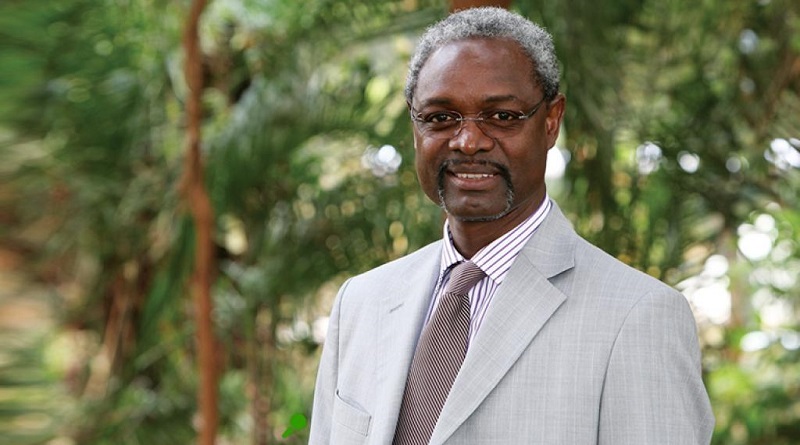Côte d’Ivoire toxic waste dump: No sites contamination exceeding set limits- UNEP
The report of a research conducted by the United Nations Environment Programme (UNEP) released on Wednesday January 30, 2018 in Abidjan, Côte d’Ivoire shows that none of the sites tarnished by the dumping of toxic waste from the Probo Koala in 2006 is currently showing contamination exceeding the limits set by the government of Côte d’Ivoire.
The audit of 18 sites impacted by the toxic wastes was executed by UN Environment at the request of the Ivorian authorities. The Government sought UN Environment’s assistance in undertaking an independent and scientific environmental audit of the sites that were affected by the dumping of wastes from the Probo Koala. The key contaminants of interest were petroleum hydrocarbons, sulfur compounds and heavy metals. The audit also assessed the impact of high sodium hydroxide on the soil.
“It is reassuring to see that with early intervention and enough political will, a disaster like the chemical contamination incident in Côte d’Ivoire can be mitigated over time,” UN Environment Deputy Executive Director Ibrahim Thiaw said.
“This independent and scientific environmental audit of the sites gives us access to a vault of best practices and pitfalls of the disaster response, and allows us to learn from a tragedy like this.”
On 19 August 2006 the Probo Koala, chartered by shipping firm Trafigura, offloaded 528 cubic metres of liquid waste in the port of Abidjan. The waste was then transferred onto tanker trucks operated by a local contractor and dumped in 12 different locations around Abidjan.
Hours after the dumping, residents reported being overwhelmed by a strong smell and experiencing detrimental health effects such as respiratory difficulties and skin irritations.
As a precautionary measure, the Ivorian government ordered the closure of schools in affected areas and the destruction of fruits and vegetables grown on or near dumping sites. Livestock raised in proximity to some sites was also culled while fishing was banned in the bays of the Ébrié Lagoon.
In the weeks immediately following the dumping more than 100,000 people sought medical assistance from public health facilities.
The first phase of clean-up began in September 2006 and saw the sites excavated and the excavated material shipped to France for incineration. In the following years several further clean-up and remediation activities were conducted by various actors including the Ivorian government.
In July 2016 four UN Environment experts were deployed to sample soil, water, air, sediment, molluscs, fruit and vegetables at 18 sites considered to have been affected by the dumping.
In January 2017, UN environment conducted a follow-up mission to carry out complementary sampling and to fill specific analytical gaps and to corroborate initial findings from the laboratory analysis. In both missions, the UN experts were joined in the field by three experts from the Ivorian Anti-Pollution Center (CIAPOL).
Key findings
None of the dumping sites showed contamination exceeding the limits set by the Government of Côte d’Ivoire for remediation. As a result, none of these sites requires additional intervention, even when gauged against Dutch intervention values, which are among the most commonly used guidelines for contaminated site management and remediation worldwide.
Some dumping sites presented other types of contamination – elevated levels of air and groundwater pollution were identified in Koumassi, for example.
Elevated levels of chromium were observed in soil and water at the site in Agboville where maize that was potentially, and indirectly, impacted by the Probo Koala wastes was composted.
Recommendations
UN Environment recommends further assessment and close monitoring of the Agboville site and the continuation of restrictions imposed on public access to the facility, as well as the erection of signs to warn the public against harvesting grass or vegetables from the premises.
It also calls for due diligence for the decommissioning of the Akouédo municipal waste disposal site, which has long been earmarked for closure. In the meantime, UN Environment recommends consideration of land use restrictions, in particular for agriculture on the site.
Based on the contamination levels at the Koumassi site, UN Environment calls for a comprehensive environmental assessment of the area to be undertaken as a basis for an action plan to mitigate impacts on public health. It further urges the government to ensure that workers are provided with personal protection equipment and trained on occupational health.
Finally, UN Environment strongly recommends that a public health monitoring programme be established to understand and address possible long-term health effects of exposure to the toxic wastes in 2006.




